 |
 |
 |
 |
 |
 |
|
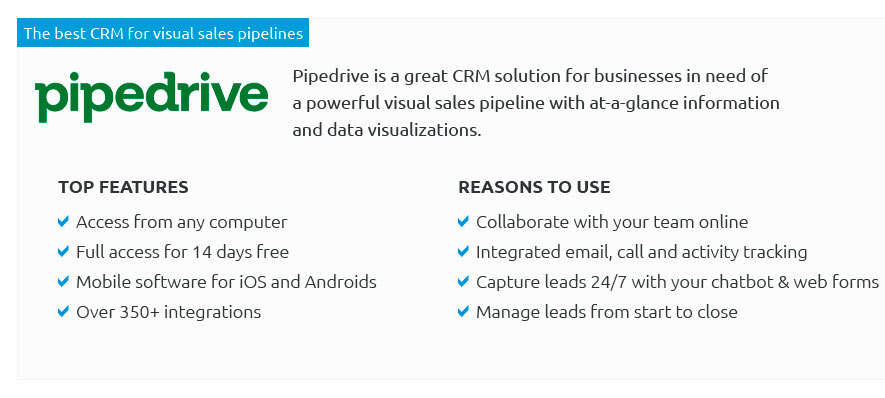 |
|
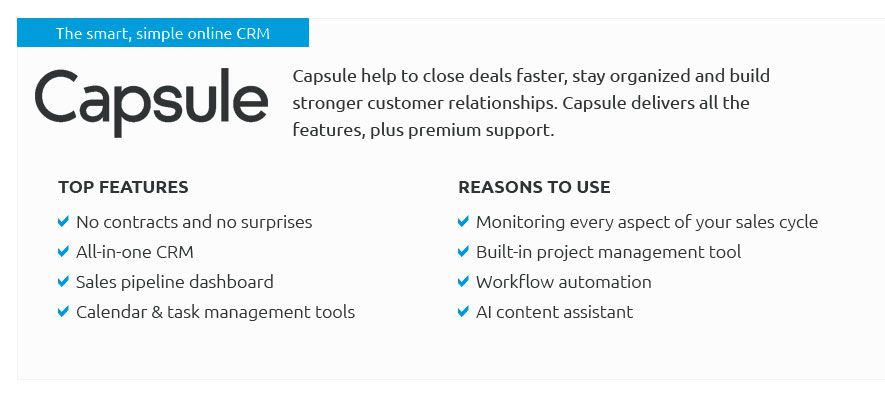 |
|
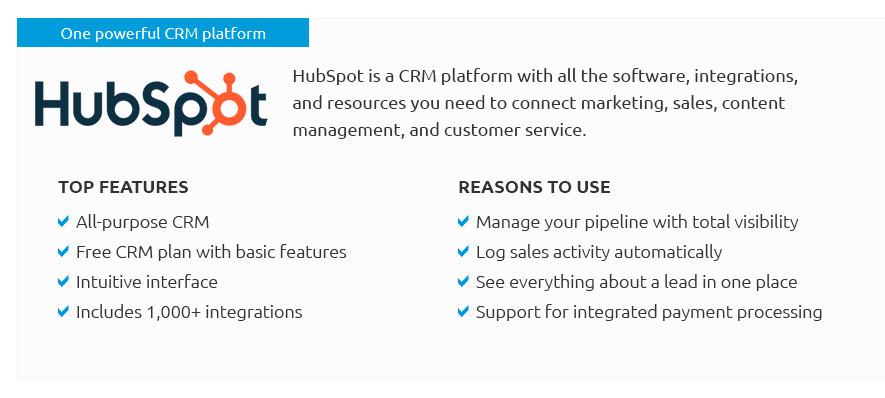 |
|
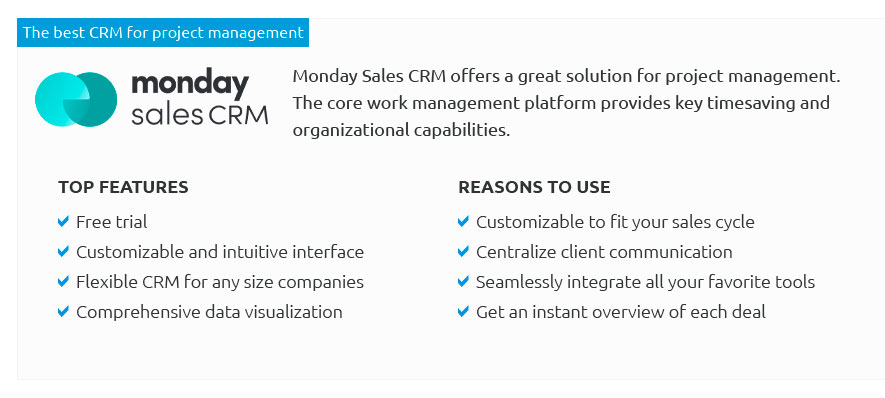 |
|
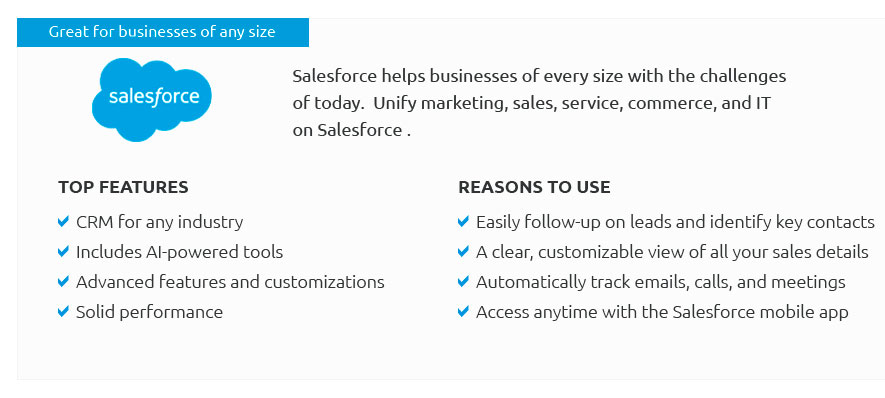 |
|
 |
 |
How to Create a Work Schedule in Excel: A Comprehensive GuideCreating a work schedule in Excel can initially seem like a daunting task, yet it's an invaluable skill that can revolutionize your organizational capabilities. Excel, with its robust set of features, offers a versatile platform for crafting detailed schedules that cater to various professional needs. Whether you’re managing a small team or orchestrating a complex project, mastering this tool can enhance your efficiency significantly. Understanding the Basics: Before diving into the creation process, it's crucial to familiarize yourself with some basic Excel functionalities. This includes knowing how to navigate the interface, use formulas, and apply conditional formatting. These skills will not only streamline your scheduling process but also open up possibilities for more sophisticated data manipulation. Setting Up Your Spreadsheet: Begin by opening a new workbook. In the first row, label your columns. Common headings might include 'Employee Name,' 'Role,' 'Monday,' 'Tuesday,' and so forth, extending through each day of the week. For those who prefer a more comprehensive layout, additional columns such as 'Total Hours' and 'Notes' can be beneficial. This layout provides a clear overview, ensuring everyone understands their responsibilities at a glance. Inputting Data: Enter the necessary data into your spreadsheet. Here, precision is key. As you input information, consider the specific needs of your team. For instance, if flexibility is a priority, you might want to highlight shifts that are open to swaps. Excel's ability to handle complex datasets makes it ideal for accommodating such intricacies. Utilizing Formulas: Excel’s formulas can automate calculations, saving you time and reducing errors. For example, the SUM function can be employed to calculate total hours worked by each employee. Similarly, conditional formulas can highlight any discrepancies or conflicts in scheduling. Such automation not only enhances accuracy but also provides a level of reliability that manual calculations cannot match. Applying Conditional Formatting: This feature allows you to visually differentiate between different types of data. For instance, you can use color-coding to indicate varying shift types or to highlight days when an employee is unavailable. Such visual cues make the schedule more intuitive and easier to interpret at a glance. Review and Adjust: Once your schedule is complete, it's prudent to review it thoroughly. Check for any potential conflicts or areas that could benefit from adjustment. Gathering feedback from your team can also provide valuable insights, ensuring that the schedule meets everyone's needs effectively. In conclusion, while creating a work schedule in Excel requires a bit of upfront effort, the benefits are well worth it. The ability to craft a flexible, detailed, and visually appealing schedule can greatly enhance your organizational efficiency and team productivity. Embrace the versatility of Excel, and you'll find that it becomes an indispensable tool in your professional toolkit. https://www.zoomshift.com/blog/work-schedule-in-excel/
How To Make A Work Schedule in Excel (+ Free Template) - Open Excel and start a blank spreadsheet. - Enter your title along the top of the page ... https://www.reddit.com/r/excel/comments/181jvv3/automating_a_schedule_for_60_people/
I would start with a template. When you 1st open Excel, search for a schedule template that you'd like. Once you have it, create an employee ... https://www.youtube.com/watch?v=A5Nz0fqIpdw
Comments90 - Calculating Age in Excel: A Step-by-Step Guide - Make This Awesome Gantt Chart in Excel (for Project Management) - How to Make ...
|